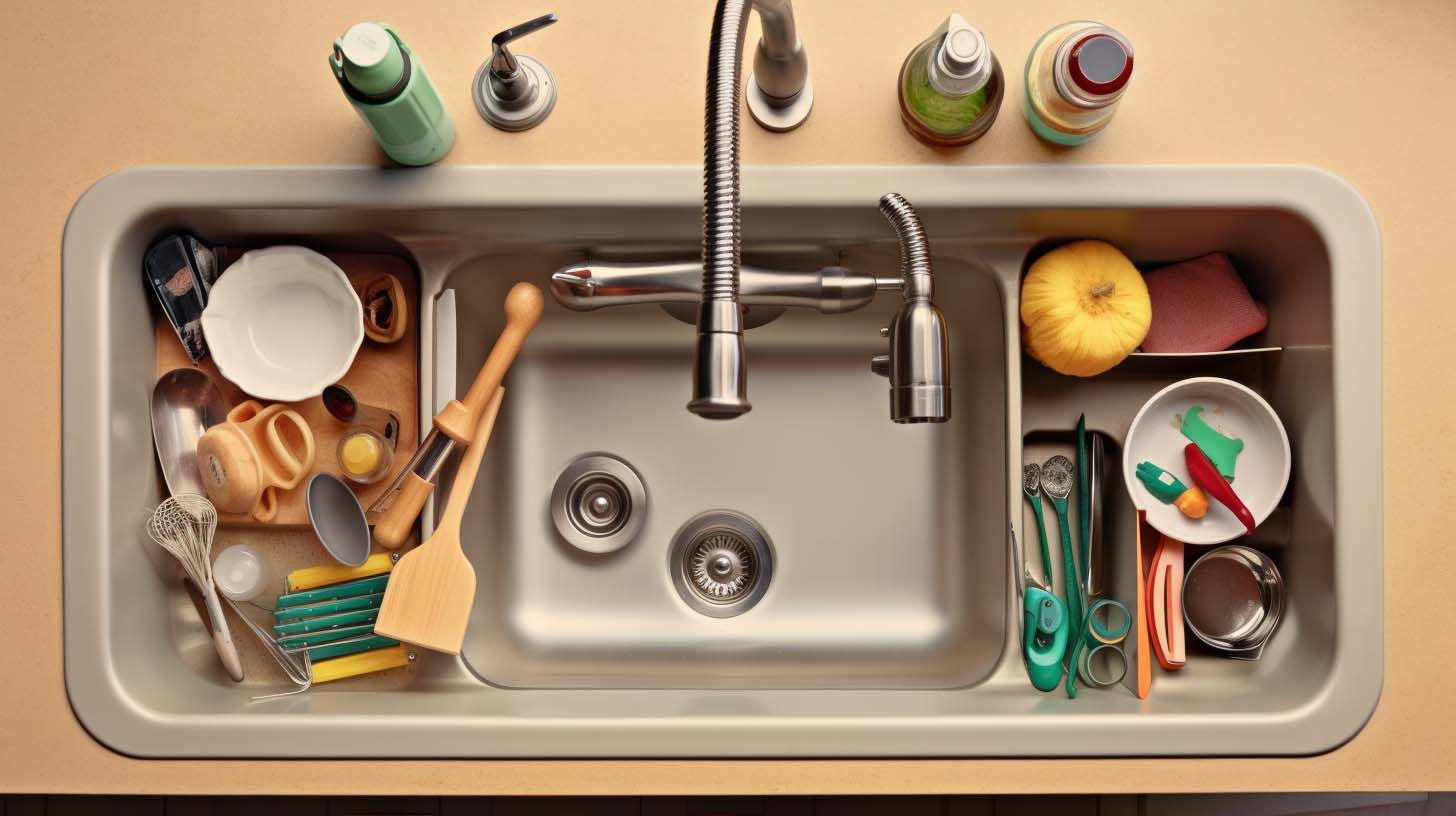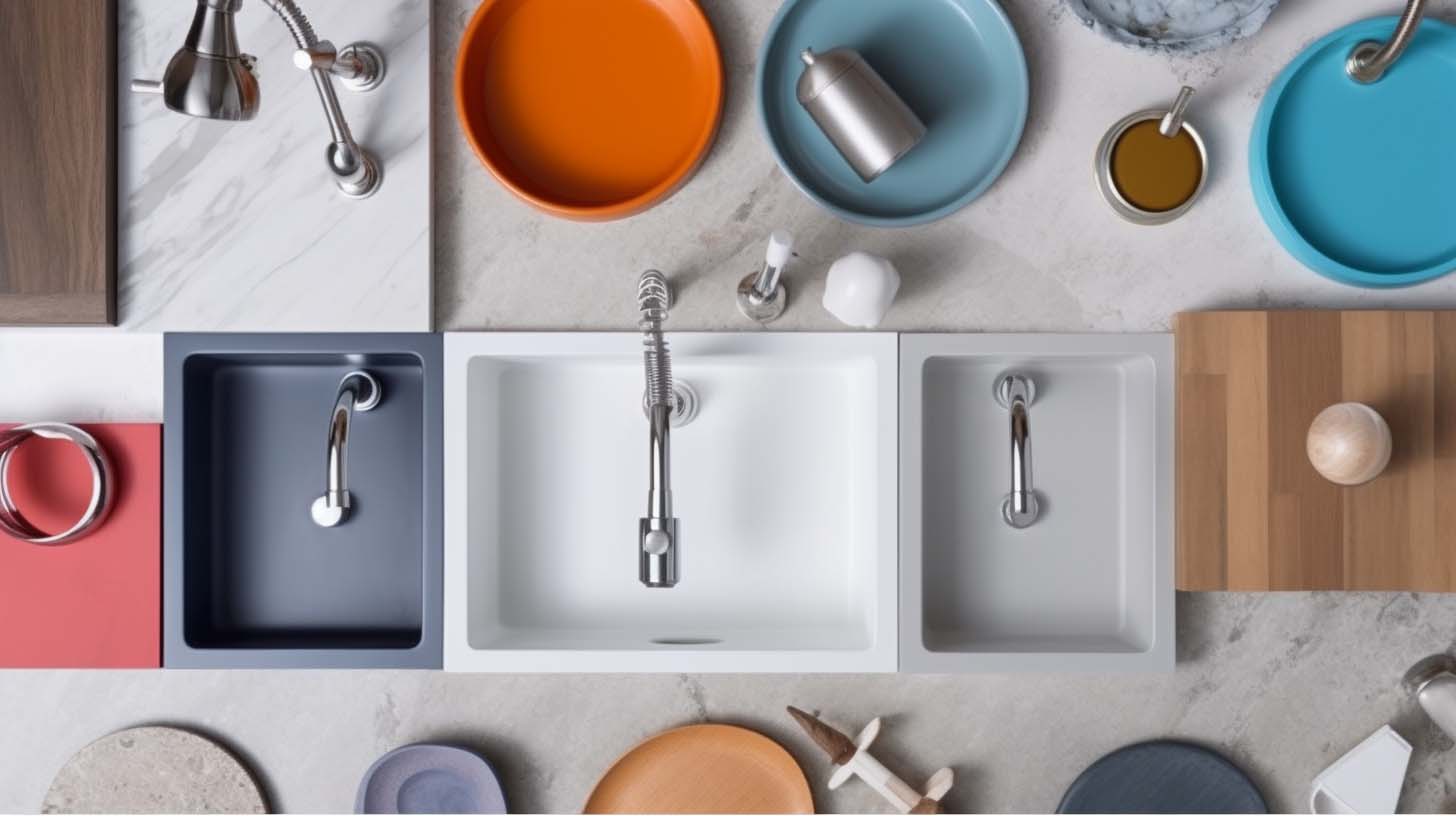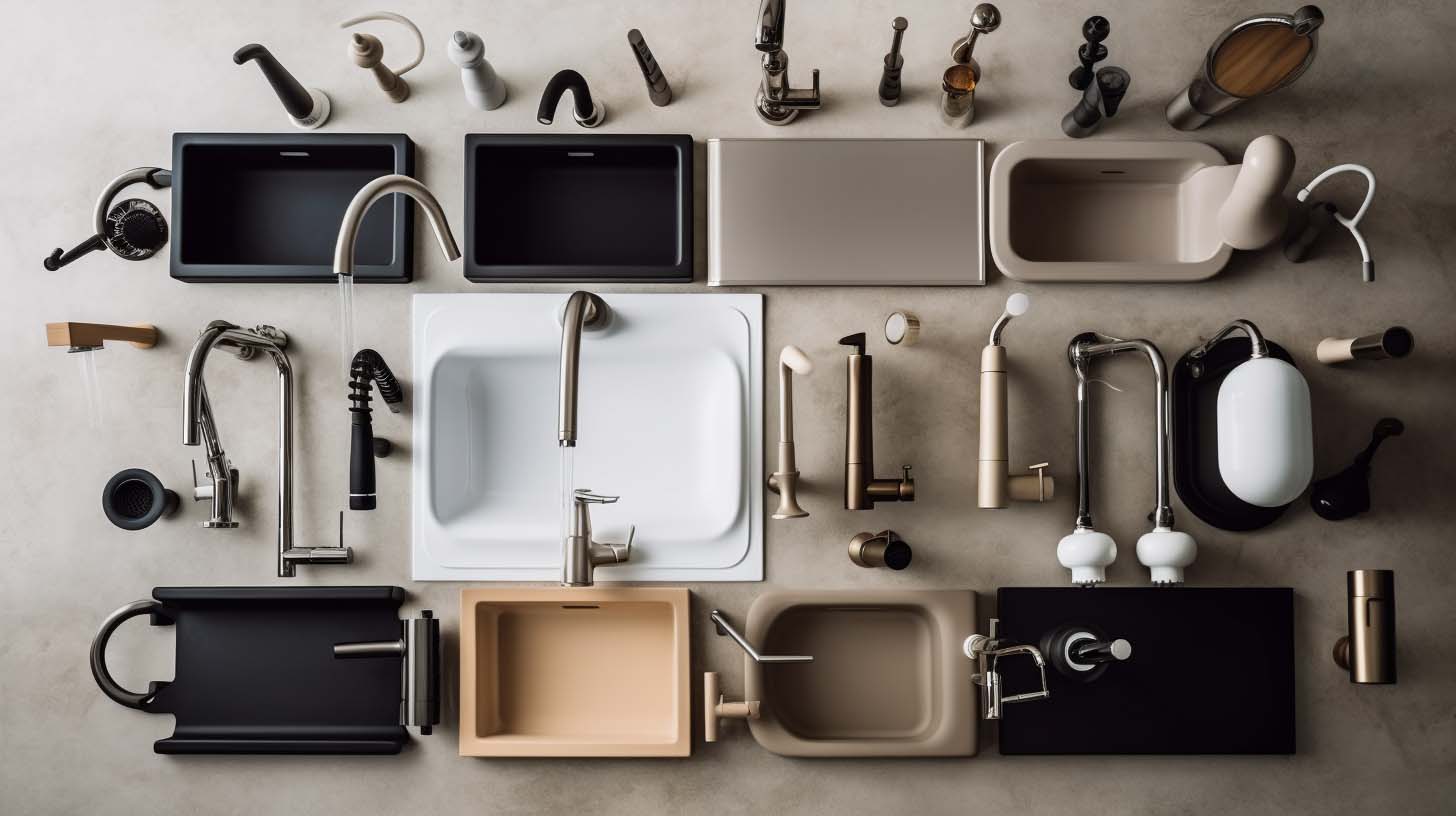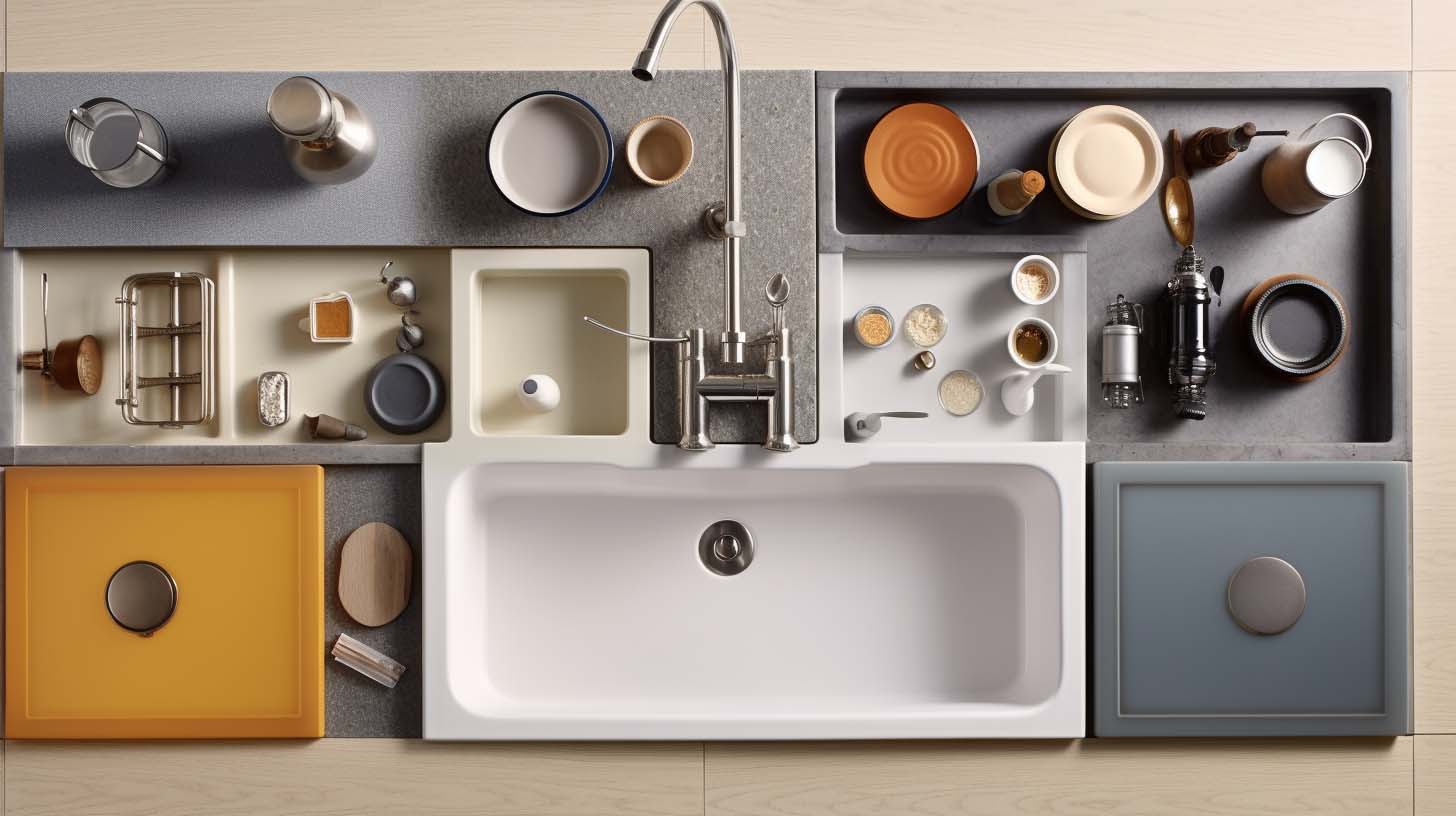The selection of the perfect faucet can be a daunting task, given the many different types and styles of faucets available. It is important to consider the various factors that can influence the choice of a particular faucet, including the design and functionality of the faucet, as well as the type of installation that is required.
This comprehensive guide aims to provide all the necessary information to select the perfect faucet for any application. It covers the various types of faucets, shopping considerations, installation tips, care and maintenance, and troubleshooting.
Through detailed analysis of the different types of faucets and their features, this guide can help guide consumers to make a well-informed decision for their desired application.
This guide also provides an in-depth look at the importance of innovation in the selection of the perfect faucet, offering readers a comprehensive overview of the latest trends and technologies in the field.

- Consider design, functionality, and installation requirements when choosing a faucet.
- Explore different types of faucets such as pull-down, pull-out, and single lever to find the one that suits your needs.
- Budgeting is important as there are different models and price points available.
- Proper installation, regular cleaning, and maintenance are essential for a long-lasting and reliable faucet.
When selecting a faucet, a variety of types are available to choose from, each with distinct features and benefits.
Popular types of faucets include pull-down, pull-out, and single lever.
Pull-down faucets are the most common, offering a spray head that is attached to a flexible hose, allowing for convenience in reaching hard-to-clean areas and even for repairing leaks and detecting clogs.
Pull-out faucets are similar to the pull-down variety but have a spray head that is connected through a hose, allowing for greater range of motion.
Single lever faucets are the simplest of the three types, featuring a control lever for both hot and cold water, making them easy to use.
These types of faucets offer great convenience and flexibility for all types of households. As such, they are a great option for those looking for innovation and ease of use.
With these types of faucets in mind, the next step is to consider shopping considerations.
Considering the range of available options, it is important to understand the various shopping considerations.
Budgeting is an important factor when shopping for a faucet, as there are many different models and price points available.
It is important to understand the specific needs of the kitchen before settling on a faucet, as there may be certain features available that are more suited to a particular style of the kitchen.
Furthermore, it is essential to consider the style choices available. From classic finishes to modern designs, it is possible to find a faucet that fits in with the overall aesthetic of the kitchen. Taking time to explore the different styles available can help to ensure the perfect fit.
With these shopping considerations in mind, it is possible to make an informed decision that will complement the kitchen space.
The next step is to consider installation tips to ensure a successful installation.

Installing a faucet correctly is essential for a successful outcome, so it is important to follow some key tips.
First and foremost, it is important to make sure that the faucet is compatible with the plumbing system in the home. Using the wrong type of faucet can lead to leaks and other issues.
Additionally, it is necessary to have the correct tools for the job. Installing a faucet requires basic plumbing knowledge and the right tools, such as an adjustable wrench, pliers, and screwdrivers.
It is also important to read the instructions that come with the faucet and to double-check that all connections are tight and secure. Properly installed, a faucet should last for many years.
Once the faucet is installed, it is important to take care of it to ensure it works correctly. This includes regularly cleaning and maintaining the faucet, checking for leaks and other issues, and replacing washers and other parts as needed.
Taking the time to properly install and care for a faucet will result in a long-lasting and reliable fixture. With the correct installation and maintenance, a faucet can provide years of reliable service.
By understanding and following these tips, homeowners can ensure their faucet is installed correctly and will be a reliable fixture for years to come.
Proper maintenance is essential to ensure a faucet's longevity and reliable functioning.
To extend the life of your faucet, preventive care is necessary. This includes regular cleaning and inspecting the faucet for any signs of wear or damage.
Cleaning your faucet is as simple as wiping it down with a soft cloth and mild soap solution. By regularly cleaning your faucet, you can help prevent the buildup of mineral deposits and other residue.
Additionally, it is important to inspect the faucet for any signs of wear or damage. If any damage is observed, it is best to contact a professional for repairs.
With the proper care and maintenance, you can ensure that your faucet will remain in working order for years to come.
To ensure your faucet is functioning properly, it is important to troubleshoot any issues that arise.

Troubleshooting any issue with a faucet can be a time-consuming and frustrating endeavor, but it is a necessary step to keep the faucet functioning properly.
The first step to troubleshooting a faucet should be to identify the source of the problem. This can be done by examining the faucet closely and using the right tools to identify any potential causes. This could include checking for loose parts, corrosion, or other signs of wear and tear.
Once the cause of the problem is identified, a solution can be determined. Depending on the cause, it may be necessary to replace certain parts of the faucet or to make minor adjustments. In some cases, it may be necessary to replace the entire faucet in order to fix the issue.
By taking the time to carefully identify and troubleshoot potential issues, homeowners can ensure that their faucet is running smoothly.
The installation of the perfect faucet is a process that requires careful consideration.
It is important to understand the different types of faucets available, and the necessary shopping considerations to ensure the best choice is made.
Once the faucet is installed, it is also important to practice proper care and maintenance, to ensure the faucet will continue to provide the desired performance.
In the event of any issues, there are troubleshooting methods that can be employed to resolve them.
All of these considerations are key to choosing the perfect faucet.
By utilizing the information provided in this comprehensive guide, one can be confident that the perfect faucet has been chosen and properly installed.
With the right faucet, one can be sure of years of reliable service.
 Get More Information!
Get More Information!